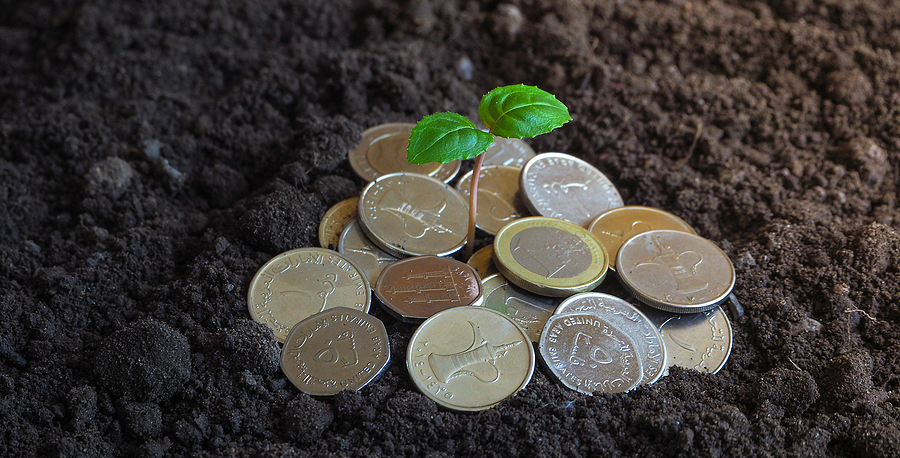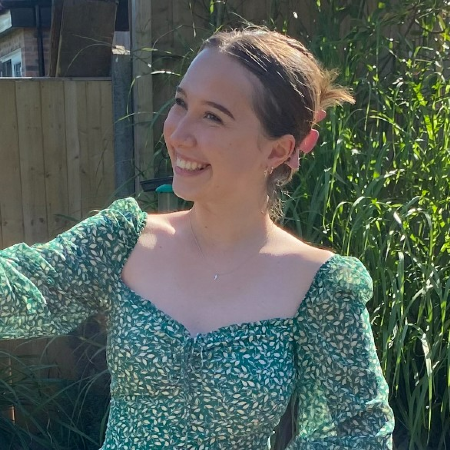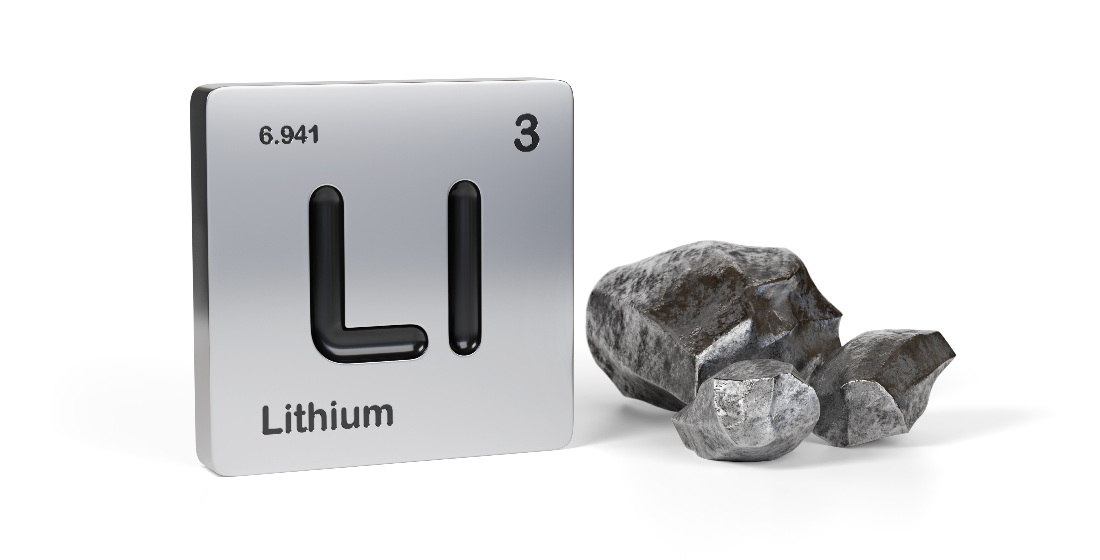Islamic finance and sustainability: Green shoots but slow growth
There is a shared sense of social responsibility between sustainable and Islamic financing and, as the latter is estimated to reach $4 trillion by 2030, a union could mark a key advancement in financing the global energy transition. However, marrying up the two is not as easy as logic dictates.

The similarities between Islamic and sustainable financing are plentiful: they are both subsets of the global financial market that have a “set of ethical principles that require the finance to be used in a very particular way”, according to Debashis Dey, partner and global head of Islamic finance at White & Case. And, these principles overlap: “it is enshrined in the principles [of Sharia] that you have to protect the environment in any context whatsoever”, says fellow White & Case partner and Islamic project finance expert Sherief Rashed.
On the project side, Islamic finance naturally lends itself to the energy transition having evolved to be entirely asset-based. In the past, creative structures were necessary to find a sharia-compliant asset that financing could be tacked on to, but now, “energy transition projects all revolve around an asset that really fits perfectly with the requirements of Sharia,” says Rashed.
Guntur Sutiyono, country lead for Indonesia at ClimateWorks, believes waqf and pilgrimage funds – pools of capital that currently represent IDR2180 trillion ($146 billion) and IDR163 trillion ($10 billion), respectively – also hold promise for the sustainable project market. The pilgrimage funds present an attractive option as they are “currently invested in low-risk, short and long-term government bonds”, says Sutiyono. Their perpetuity principle makes them ideal for long-term projects – although asset-based waqf and sukuk have more freedom in regards to value and risk.
While these capital pools are promising, it is in the ESG and green sukuk market that investor appetite is picking up. According to Fitch, in Q2 2022 outstanding ESG sukuk increased by 11.2% quarter-on-quarter to $19.3 billion, growing faster than the total sukuk market. Notable deals this year included Riyad Bank’s first sustainability-linked AT1 $750 million sukuk and Infracorp’s issuance of Bahrain’s first green sukuk at $900 million. Most significantly, Indonesia returned to the market this year to raise $3.25 billion in its largest global sukuk sale which included the world’s largest ever green tranche. The sukuk received significant demand, tightening the coupon by an average of 37.5 bps to 4.4% on the $1.75 billion 5-year tranche and 4.7% on the $1.5 billion green 10-year tranche.
Sutiyono emphasises that “the green sukuk is targeted to the international market, with only 10% of its investors coming from the Indonesian market”. The issue was designed to tap into international market financing: “The government understands the potential from the Muslim world and the opportunity of increasing their good relationship with them – they are really taking advantage of that by issuing green and sharia-compliant instruments.”
This is one of the key reasons green sukuk represents an attractive prospect for promulgating sustainable financing – it would allow the largest Islamic investor base to invest in sharia-compliant, sustainable products. According to Fitch Ratings, sukuk is the preferred format in many core Islamic finance markets, equalling 75.5% of outstanding hard-currency ESG-debt at Q2 2022 in the GCC region, 90.7% in Saudi Arabia, and 100% in Bahrain.
Dey believes the Islamic ESG wheels are starting to turn: “It’s a global movement. Funds that are traditional investors in Islamic finance are asking for it now, saying it would be great if you issued things in Islamic format that are also ESG compliant”. But Rashed also emphasises that the buyer led-push towards sustainability is a “slow burn”.
What’s slowing development?
Hard-currency sukuk are oversubscribed generally, including green sukuk, and undoubtedly investor interest in ESG products is growing. The marriage of sustainability and sukuk in Indonesia’s 10-year green tranche was oversubscribed more than 4.8 times.
Yet whether sustainable labelling gives or takes from sukuk demand is complicated by the numbers; in some cases, ESG sukuk achieved a lower yield at issuance than their non-ESG counterparts, but only slightly. And, despite increased interest, ESG sukuk still represents only 2.6% of the global outstanding total.
According to Dey, demand in the Middle East for sustainable products is behind the curve “simply because it took some issuers a little longer to come to the table and understand that it is important” – notably, cultural differences tempered the call for green. The region differs from European standards and there is a lack of political incentives such as the green taxonomy framework established by the EU.
“Then again”, says Rashed, “we have the advantage of learning from Europe – greenwashing accusations, virtue signalling. We can stand back to see how that plays out and decide how to implement a 2.0 version here.”
Part of the challenge in Indonesia has been “project-based mindsets” says Sutiyono. “Instead of using the waqf assets for project-by-project uses, Indonesia Waqf Agency should see the bigger picture and explore for innovation, such as by using underlying assets to issue financing instruments for sustainable projects.”
While demand is slowly rising, there are still issues with supply. A mixture of nascent market infrastructures, underdeveloped local guidelines and taxonomy – a persistent, global issue for ESG – shortages in qualified human capital, and regulatory constraints make for an unready global market. This is especially true of project financing, says Rashed. “While Islamic finance on its own fits from an ethical and moral perspective, getting an Islamic finance deal done in terms of the standardisation of documents and structures takes longer; from getting it agreed with banks, other parties, and then the final sign of a fatwa, if required”. Consequently, seeing infrastructure fully financed by Islamic finance remains rare in the Middle East.
In addition, “you have your own policy issues depending on the jurisdiction you are in and you have different expectations as to security and government sovereign backing”, says Rashed. Commercial disparities between Islamic and conventional parties can delay agreements, and coordinating these in emerging markets will likely prove even more complex.
Looking to the market leader
Fitch has highlighted Malaysia as a market leader in Islamic ESG: it created an ESG framework in 2014; Malaysian firm Tadau Energy issued the world’s first green sukuk in 2017; and the Securities Commission issued guidelines on SRI funds in the same year. Unlike other core markets, the majority of its green sukuk is in local currency, supported by the SRI Sukuk and Bond grant scheme that offsets up to 90% of the external reviews costs per issuance. This developed ecosystem is a long stretch from others and, as a result, Malaysia houses 91% of global ESG sukuk issuances (175 of 192 Q2 2022).
“In Malaysia,” says Sharidan Salleh, MARC Ratings Berhad’s portfolio head of project finance and energy, “most projects are financed by sukuk – you hardly see conventional bonds issued for projects”. In regards to the energy transition, Salleh referred to Large Scale Solar (LSS), a competitive bidding programme to drive down the levelised cost of energy for large scale solar PV plants, where many of these projects have been financed by sukuk.
As Malaysia’s dominance of the market displays, “looking at the practical reality … you need to have an ESG framework at the corporate level first, with policies, procedures, and methodology for measuring targets” says Dey. “You need this in place before you think about borrowing or investing in an ESG compliant way.”
The Uxolo perspective
There is a lot to do before Islamic investors can and will get behind financing sustainable projects on a large scale. There are processes and regulatory frameworks that need development, and their absence will continue to curb accelerated progress.
On the demand side, interest in ESG sukuk is growing – but the majority of sukuk investors are still a distance away from actively seeking impactful projects. However, there are opportunities cropping up for higher impact infrastructure projects. One example to watch is the MoU signed between IsDB and PT Sarana Multi Infrastruktur (PT SMI), a special mission vehicle (SMV) of Indonesia’s Ministry of Finance and country ETM platform manager and collaborator on the Just energy Transition Partnership (JETP) Investment and Policy Plan.
The agreement will support a partnership for the provision of a line of financing and co-financing for Energy Transition, Renewable Energy and Development of PPP-supported infrastructure initiatives. If this MoU were to lead to sukuk being issued by IsDB for the ETM and JETP, it would mark a significant pathfinder for the wider market.





